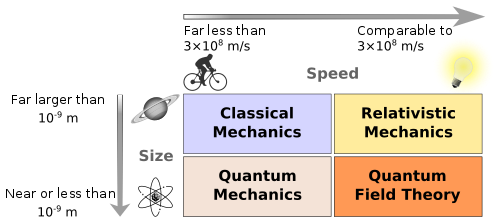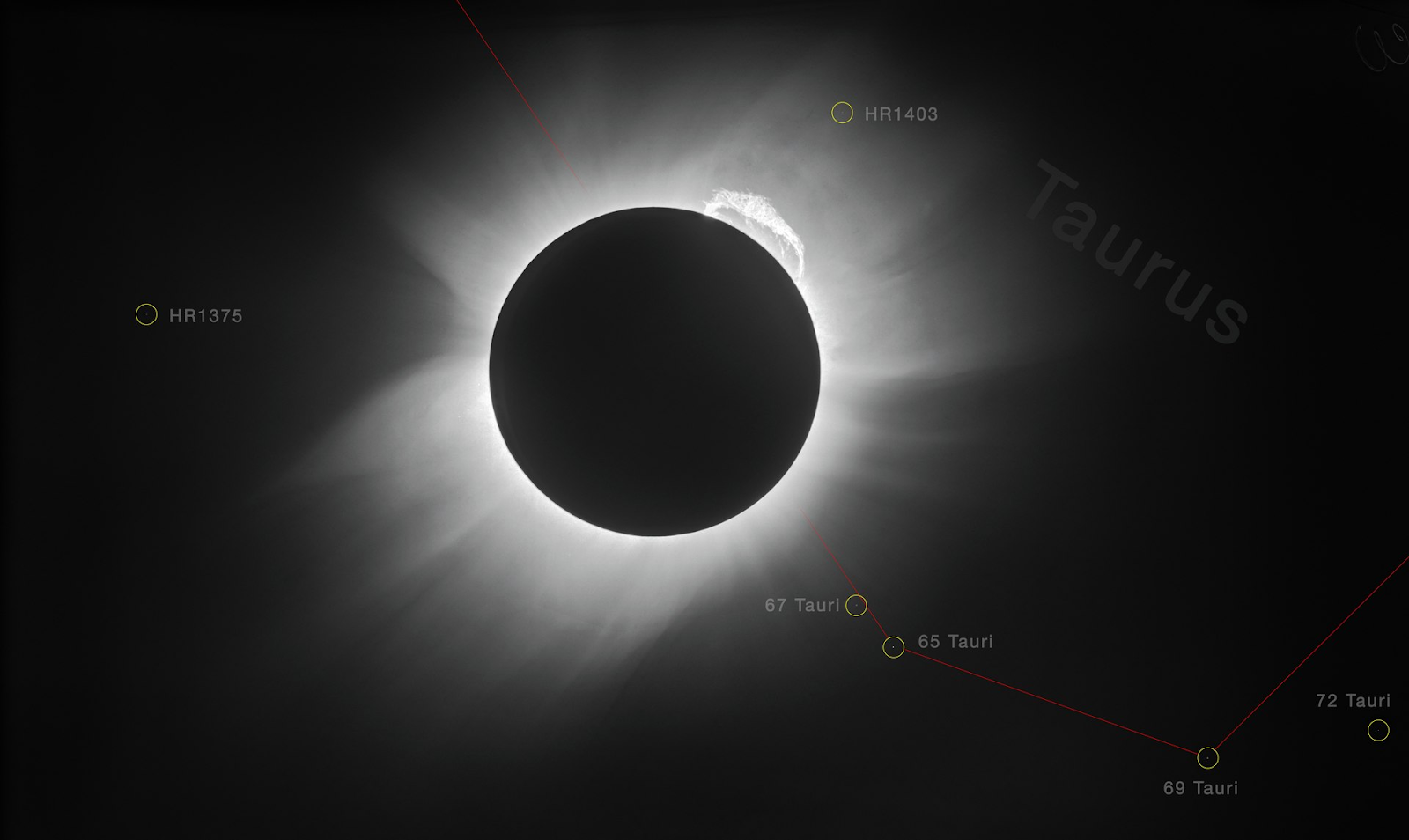GRAVITY OF EINSTEIN
We are all very well familiar with the term, 'gravity'. Gravity or the gravitational force is that force which binds the entire universe into an integrated whole which do not allow particles to dwell freely in space. All the particles in the universe experience this force and it is not surprising that gravitational force was the first of the four fundamental forces in nature to be formed just after the 'Big Bang'...
Gravitational force is the weakest of all the fundamental forces in nature while strong nuclear force is the strongest of all the fundamental forces. The order of strength of fundamental forces are given below for your reference,
GRAVITATIONAL FORCE < WEAK NUCLEAR FORCE < ELECTROMAGNETIC FORCE< STRONG NUCLEAR FORCE
We will deal with gravitational force in detail in this blog, towards the end of this blog you will learn that there is nothing called gravity in space, it is just an illusion or to put it more simply, an unspecified force in universe...
Portrait 1: The patent clerk who overthrew Newton's ideas of gravitation.
ARISTOTLE'S GRAVITY
We know from our history that the understanding of nature in past was not scientific it was just based on religious views and theological aspects. Though science and theology are related in some aspects we must regard them as separate fields...
Aristotle remains one of the most famous Greek philosophers of all time. Though most of his ideas were disproved by his successors, we owe him a lot because Aristotle was the first natural scientist, he was the first to apply primeval scientific knowledge to problems in nature.
When we analyse his notion of gravity we might laugh, because now we know the truth behind gravity. According to Aristotle a stone falls back to Earth because stone was formed on Earth.
I will explain it you...we know stones are formed as a result of condensation of volcanic matter released from volcanos. Volcanos are present on Earth and therefore anything made from it is also related to Earth. Since stones are formed as a result of volcanic activity, it is also related to Earth.
According to Aristotle, 'a stone or anything which when thrown up comes back to the Earth because it wanted to get united with Earth, its home'...
When we analyse his statement, we find that it is not scientific at all...But since his idea was quite relatable his notions were widely accepted by people at that time...to criticise him was 'treason'...
Noble beings like, Tycho Brahe, Johannes Kepler, Galileo Galilei, Nicolaus Copernicus and many others faces a lot of criticism for disproving Aristotelian notions...
But soon the results of scientific quests of greats like the ones mentioned above Aristotelian notions slowly began to erode and soon a new theory replaced it, a theory which would forever revolutionise whole of physics...
NEWTON'S LAW OF GRAVITATION
'' Plato is my friend, Aristotle is my friend but my greatest friend is truth.''
- Sir Isaac Newton
If there is anyone who has shaken the foundations of physics so much then it would be Sir Isaac Newton. Newton strongly opposed Aristotle and supported Galileo's scientific ideas.
Portrait 3: Father of gravity, one of the greatest scientist to have walked upon this planet
Newton in his famous work, Philosophiae Naturalis Principia Mathematica, Latin for the 'Mathematical Principles of Natural Philosophy', introduced the idea of gravity which revolutionised our understanding of nature and its secrets.
Newton did not want to publish his ideas and preferred to work out the details on his own, but Edmund Halley urged him to publish his work in the form of a book and I should say that after reading some initial pages of the book, I was really inspired by his genius, he explains things so vividly that one will appreciate the beauty of physics.
Figure 1: Newton's personal copy of the Principia, with handwritten corrections. A treat to see the handwriting of the greatest scientist of all time.
In the Principia, Newton laid down his famous 'Universal Law of Gravitation', which is stated as follows,
''Every body in the universe attracts every other body with a force which is directly proportional to the product of their masses and inversely proportional to the square of the distance between them''
Figure 2: Motion of moon around Earth follows Newton's Law of Universal Gravitation
As mentioned, Newton laid down his ideas in simple words which could be understood even by an ordinary human being with no basic background in science, that was his power and that was his genius. He could explain things in the form of pictures which helped students like me to understand his ideas better.
Newton grew in popularity with the publication of the, 'Principia'. His idea of gravitation was so accurate that it could even take people to Moon and at the same time had wide applications in everyday life. But his notion of gravity would soon be overturned, three centuries later, by a boy born on 14 March 1879 in Ulm, Germany. This ambitious rebel would publish his famous papers on 'Relativistic Physics', in the year 1921, which brought about a confusion in the minds of human beings because according to this boy gravity do not exist...
Apple falls to the ground not because of gravity, planets moved around the Sun not because of gravity. So why are we studying about gravity in school? If gravity does not exist then, is Newton's Law of Gravitation wrong?
EINSTEIN'S RELATIVITY PRINCIPLE
''Everybody is genius. But if you judge a fish by its ability to climb a tree , it will live its whole life believing that it is stupid''
-Albert Einstein
Before Einstein the whole of physics was in the hands of Sir Isaac Newton. Physics in general may be classified into four domains:
1) Classical Mechanics
2) Relativistic Mechanics
3) Quantum Mechanics
4) Quantum Field Theory
The concepts like force, work and other theories describing motion of macroscopic objects together are incorporated under classical mechanics. The last two domains are the heart and soul of modern physics.
Albert Einstein was deeply inspired by Newton and like Newton showed remarkable brilliance in mathematics and physics.
You all know that Einstein was thinker, his brain could imagine complex principles easily and he even admitted that he suffered from nervous breakdowns quite often due to extensive use of his brain.
As mentioned he could imagine complex things easily and once when he was in his patent office a peculiar thought came to his mind which Einstein regarded as the 'Happiest thought of his Mind'...
So I want my reader to be have a pure mind now since I am going to explain something to you which is really interesting and at the same time quite confusing...
''Imagine that a man is falling from the top of a high-rise building, now consider that he has an apple in his hand. Let him release that apple from his hand. Now you must consider the emotions of the falling man. The falling man and the apple do not experience any external force at this time, both the objects would have faced an external force only at the time of falling and at the time they reach the ground. That is during this scenario both the man and the apple would experience weightlessness. If we travel in the direction of action of gravitational force then we they must experience a force in that direction which they are not experiencing at all, why?''
This was Einstein's thought experiment, but I know that most of you find it difficult to understand this concept. Just understand that the man and apple experience weightlessness when they fall to the ground since no external force acts on them if gravity existed then it must act in the direction of their motion which is not happening. This very thought prompted Einstein to think if gravity existed or not. Based on his theoretical knowledge he showed that gravity is just an illusion and that it does not exist at all, gravity is not the force that binds us to Earth and directs the planets to move in orbits around the Sun...
RELATIVITY PRINCIPLE VERIFICATION
Since Einstein's Theory of Relativity questioned the basics of Newton's understanding of physics it was required to prove that Einstein was wrong. Scientists considered many arguments raised by Einstein and finally took an argument from the many and tried to disprove it.
Since light from the stars could be traced better on the day of a solar eclipse the experimentalists chose that day for their research work which happened to be 29th of February 1919.
Einstein's argument was simple,
''Light from the stars situated near to the Sun tends to bent as a result we must see them slightly shifted from their actual position''
If this theory proves right then it would challenge the notions of Sir Isaac Newton, the 'Father of Gravity'. The results were shocking. Einstein's prediction was absolutely right. Following are the images that those experimentalists pictured on that day...
Einstein Theory of Gravitation thus overturned Newton's Law of Gravitation. Imagine space and time as a large, invisible fabric stretched across the entire universe. Every object with mass — like planets, stars, and even you — sits on this fabric and creates a dent or a curve in it.
The heavier the object, the deeper the dent. This bending of space-time is what we feel as gravity.
For example, think of a trampoline. If you place a heavy ball in the center, the trampoline dips. Now, if you roll a smaller ball nearby, it will move toward the heavier ball, not because the heavy ball pulls it directly, but because the trampoline surface is bent, and the small ball follows the curve.
This simple idea changed how we understand gravity — not as a force pulling things together (like Newton thought), but as a result of objects bending the very shape of space and time around them!
Interestingly, even light, which has no mass, follows the curves in spacetime. This is why starlight bends when passing near a massive object like the Sun — a phenomenon called gravitational lensing, which was one of the first proofs that Einstein’s theory was correct. This phenomenon was described at the start of this section.
Figure 6: Einstein's imagination of gravity in terms of 'warping' of space-time.
👉 [https://youtu.be/MTY1Kje0yLg?si=8J4K0H7M6nsTujhx]
REFERENCES:
1. NCERT Textbook in Physics, XI (Part 1).
2. All images published in this blog were taken from Wikipedia.
3. Einstein's Theory of Relativity: Cinemagic YouTube channel
4. Mathematical Principles of Natural Philosophy, by Sir Isaac Newton.
5. Relativity: Special and General Theory, by Albert Einstein.
6. Gravity visualised: YouTube video:
*All the media published in this blog belongs to their original creators and 'Knowledge Through Science' does not claim any right over it.












Another thought provoking article, keep up the good work!!
ReplyDelete